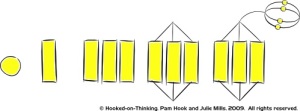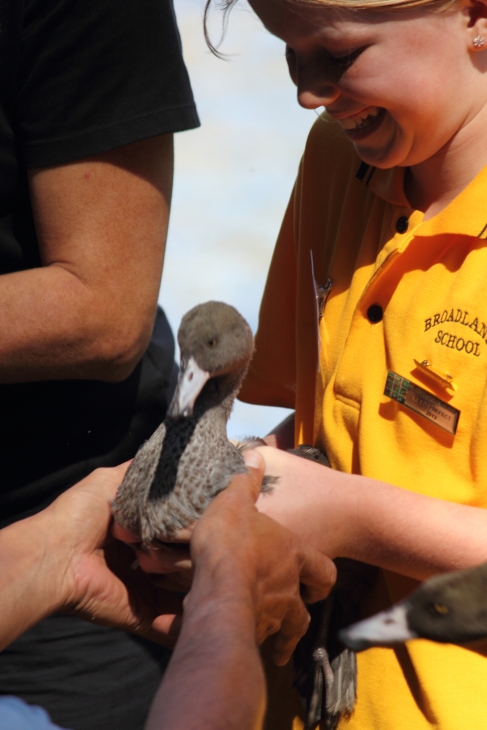Hi I am Melanie Matthews, Yr 5/6 Teacher, Deputy Principal, ICT Lead teacher of Broadlands School
I want to share with you a part of my Journey using SOLO to engage my students in reflection, to help them identify next learning steps.
What I am going to share today is a method I used to engage my students in raising their level of questioning around their own inquiries.using SOLO.
SOLO – Structure for Observed Learning Outcomes.
It is a simple structure for 3 different levels of understanding –
Surface
Deep
Conceptual
Just sharing stuff isn’t ok anymore because we can google everything! Google is an amazing tool that has loads of stuff. I wanted my students to use the stuff that interested them and think about their ideas in a new and different way. I was hoping their understanding of SOLO would help this.
I used SOLO to help them question above and beyond just stuff. To help them capture their audience within and beyond their classroom when they shared the results of their own inquiry. Our class mantra became ‘tell us something different’.
So we began a Mini inquiry – which was technology based – and embedded in this was the Concept of Inventions and Design. The students were already excited because they had researched local inventors and invited a real inventor into their classroom.
So they began by writing their own questions on sticky notes and placed these where they thought they belonged within the SOLO framework. This is where some good conversations began about the types of questions they were writing.
We soon realised we needed to unpick the language within the thinking Maps, aligned with SOLO. In groups the students began to explore, define, describe, and draw the different words associated with the thinking around the level e.g. compare and contrast, sequence, evaluate, predict, etc
Once the class had explored and shared their ideas around the language, they were challenged to write questions using another level of SOLO to guide this. To Raise their thinking and challenge their inquiry
This is where it became challenging for the students,as the questions were raising the level of thinking. So the thinking maps were now being used and collaborative groups were formed naturally
At this point Students needed to be encouraged to give evidence for their thinking, for example predictions on Robots of the future needed to have supporting evidence for their thinking.
I was very pleased with the extended thinking that was developed within the students based on their new questioning skills. I now realise there is a need to facilitate more thinking around the relational and extended thinking maps, particularly with giving evidence for their thinking.
I believe SOLO is a great tool for many pedagogical reasons but in this story it helped my students to learn how to learn and think about their thinking.


